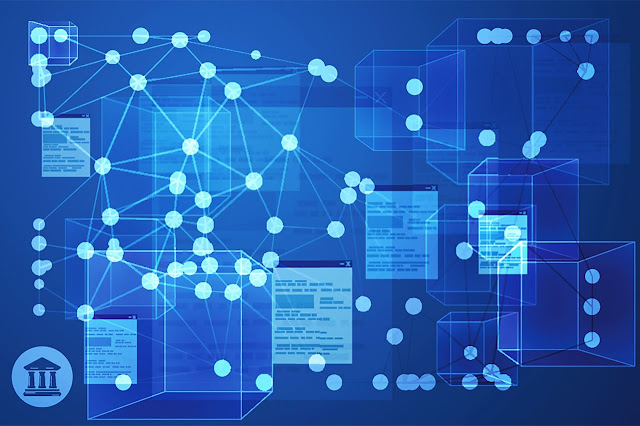Global Distributed Ledger Technology Market - Global Industry Insights, Trends, Opportunity and Outlook, Analysis, 2018-2026

Global Distributed Ledger Technology Market Analysis
A distributed ledger is a digital database software system that is synced and decentralised. By minimising the need for a single authority to verify for manipulation, it stores all transaction information in a decentralised way across multiple locations. Because all customers can see all transactions and the data is stored in a register, it makes any online transactions or data storage safe by reducing the risk of cybercrime. With the use of cryptography, a digital ledger can safely and accurately store all of this data, which can only be accessed through cryptographic signatures.
Applications of Distributed Ledger Technology
Distributed ledger technology, or blockchain, is a sort of distributed ledger technology. Blockchain technology is a decentralised software programme that creates a digital ledger that allows for safe online payment transactions. A number of computers record these transactions in the register. Without modifying the transaction information, the register maintains a continuous set of data comprising information about the transaction records. The data in the register is kept in the form of lists for each time period, which are arranged into Blocks. These Blocks contain transaction information as well as a reference to the preceding Block; hence, the current Block connects to the previous Block to construct a Blockchain. In general, one Block stores information on a set of transactional records for a specific time period or memory capacity.
Global Distributed Ledger Technology Market : Distributed Ledger Technology's Importance
Transactions based on distributed ledger technology are faster, safer, and more cost-effective than traditional transaction systems. Because traditional transaction systems refer to a central administrator or a centralised data storage system, this is the case. Furthermore, distributed ledger technology may be utilised to create a permanent and transparent ledger system for collecting data on exchanges, tracking digital transactions and payments in real time, and preventing fraud and errors.
Transactions based on distributed ledger technology are faster, safer, and more cost-effective than traditional transaction systems. Because traditional transaction systems refer to a central administrator or a centralised data storage system, this is the case. Furthermore, distributed ledger technology may be utilised to create a permanent and transparent ledger system for collecting data on exchanges, tracking digital transactions and payments in real time, and preventing fraud and errors.
Comments
Post a Comment